Minimizing turnover risk for today’s workforce: 4 key priorities
HRExecutive
APRIL 17, 2025
Not much, weve found in new research on voluntary turnover. Its critical to keep a focus on retention in these moments, not only to retain your top talent but to ensure you remain competitive no matter what is happening in the talent market. Voluntary turnover should be a key measure on any HR leaders dashboard.
















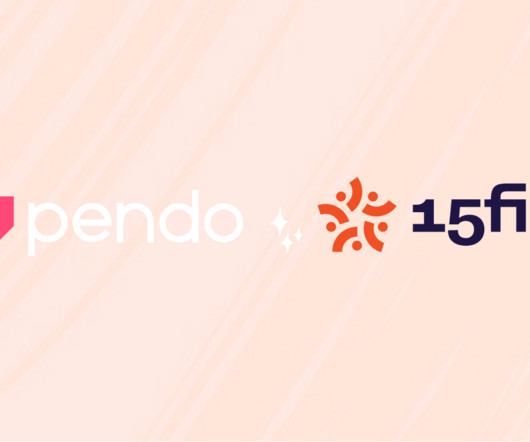


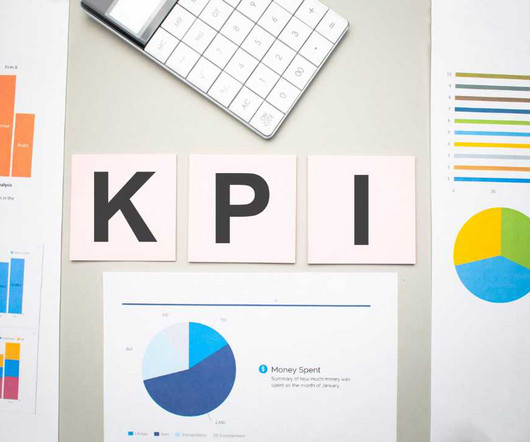


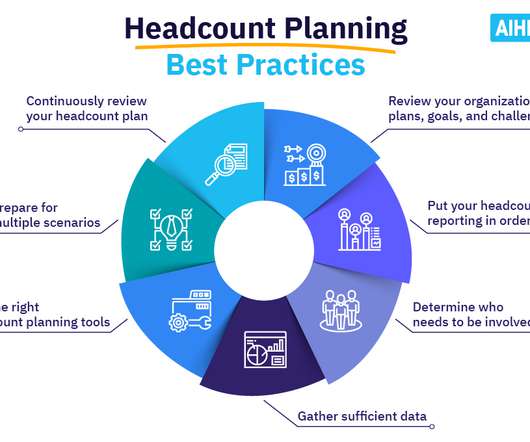




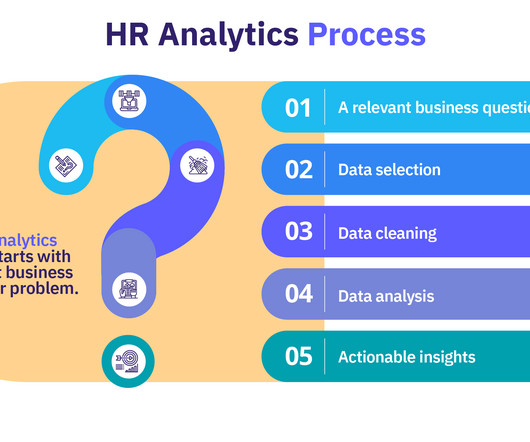

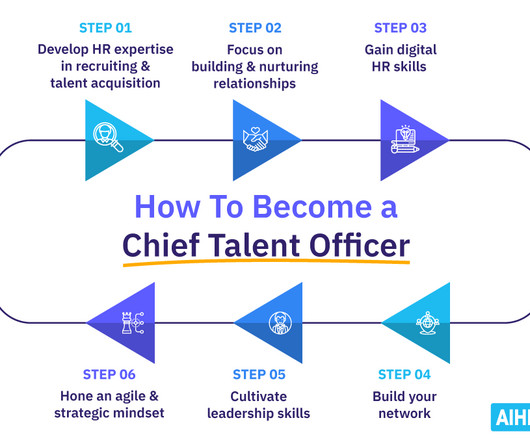








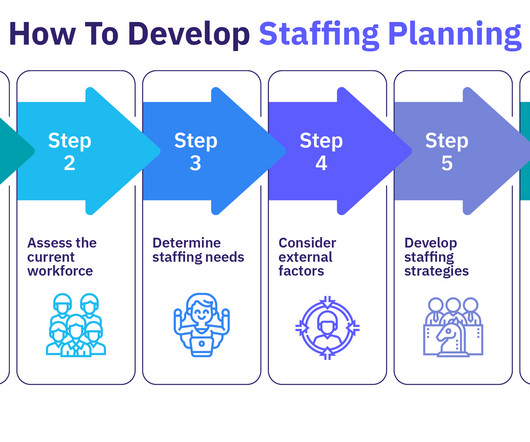
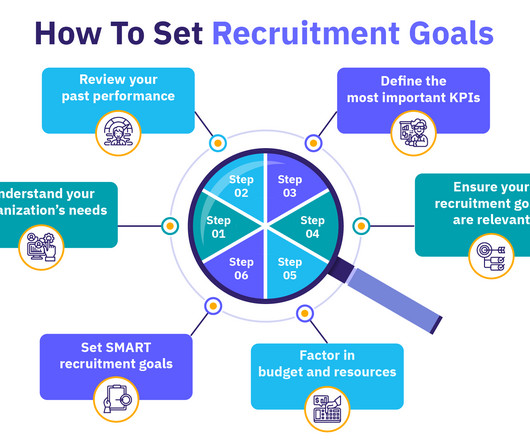















Let's personalize your content